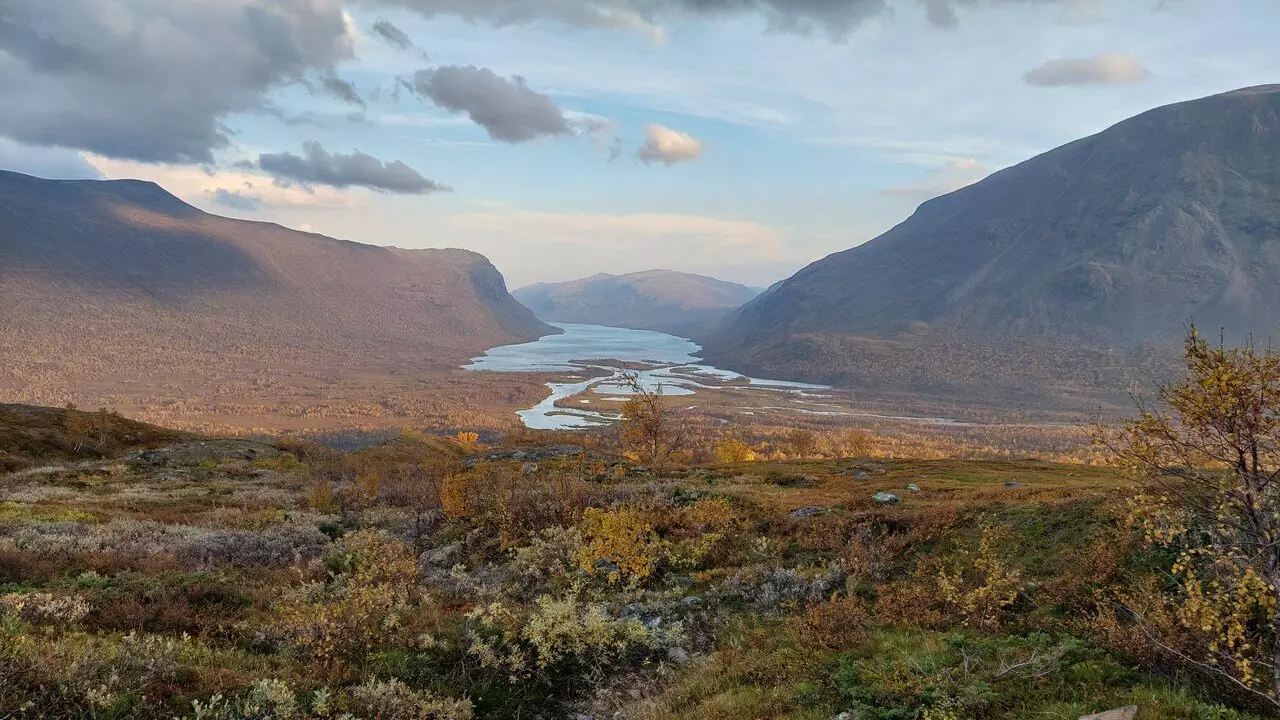Inland waters, including streams, rivers, and lakes, are essential components of our ecosystem that have often been overlooked in climate assessments. Recent research from Umeå University highlights a critical gap in how we understand and quantify greenhouse gas emissions. The findings reveal that failing to consider carbon fluxes between terrestrial and aquatic systems significantly skews our perception of their contributions to climate change. Given the rapidly warming conditions in cold regions, which are experiencing temperature increases up to four times higher than the global average, the implications of this oversight become even more alarming.
Cold regions, particularly those at high elevations or latitudes, are undergoing dramatic transformations due to climate change. The warming temperatures are not only contributing to altered ecosystems but also leading to substantial releases of greenhouse gases previously trapped in soil and ice. A notable aspect of this phenomenon is the interconnectivity of land and water systems. When we fail to account for the substantial carbon exports that occur from land to water bodies in these areas, our climate models and assessments are fundamentally flawed.
Jan Karlsson, a prominent professor at Umeå University’s Department of Ecology and Environmental Sciences, emphasizes the inadequacy of current data and methodologies in capturing the complexities of contemporary carbon dynamics. His insights underscore the need for a more integrated approach to studying these fluxes, particularly as they relate to both local and global climate patterns.
A significant breakthrough comes from a comprehensive study led by Chunlin Song from Sichuan University and Jan Karlsson, which was published in the journal Science Advances. This extensive research analyzed greenhouse gas emissions from over 3,000 water bodies across the Northern Hemisphere. The results indicated that regions with cold lakes and rivers contribute far more to greenhouse gas emissions than previously acknowledged. This is particularly noteworthy as these emissions have the potential to counterbalance significant portions of the carbon uptake by northern land ecosystems.
Moreover, the study reveals distinct regional disparities in emissions levels between rivers and lakes, with rivers playing a notably more crucial role, especially in areas with extensive permafrost coverage. The thawing of permafrost not only releases significant quantities of accreted carbon into the atmosphere but also creates a feedback loop that exacerbates climate change, intensifying the urgency to re-evaluate assumptions about carbon storage and emissions in these landscapes.
Jan Karlsson’s commentary on the study emphasizes the profound ramifications of these findings. As global warming continues its relentless course, the contributions of cold regions to greenhouse gas emissions may ascend to critical levels. This necessitates a paradigm shift in how researchers and policymakers approach climate assessment. Efforts must prioritize collaboration across scientific disciplines to develop a more nuanced and accurate understanding of the interconnectedness of land and water systems.
The complexities involved in studying the land-water carbon cycle highlight substantial challenges. Karlsson points out that climate impacts vary widely based on climatic conditions and specific landscape features. This variability complicates efforts to assess greenhouse gas emissions accurately and underlines the necessity for targeted studies that account for these differences.
The need for a cohesive approach in addressing the challenges posed by carbon emissions from inland waters is paramount. To overcome existing barriers, we require innovative research infrastructures, concerted funding efforts, and educational initiatives geared toward promoting integrated, interdisciplinary methodologies. Given the escalating climate crisis, it is more crucial than ever to acknowledge and investigate the often neglected roles of inland waters in our carbon cycle. Only through collaborative efforts can we hope to develop effective strategies to mitigate the impacts of climate change in both cold and temperate regions across the globe. The time to act is now; our understanding and responses must evolve in tandem with the changing climate.


Leave a Reply